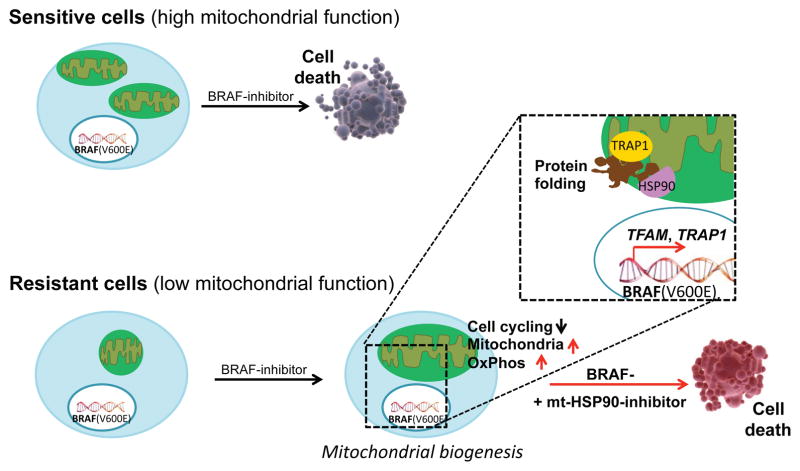Figure 1. Suppression of mitochondrial biogenesis sensitizes melanoma cells to MAPK inhibition.
Whereas BRAF(V600E) melanoma cells with high basal level of mitochondrial biogenesis show an increased sensitivity to MAPK inhibition, those that harbor lower level of mitochondria are intrinsically resistant to MAPK blockage. Upon treatment with BRAF inhibitors, the resistant cells become slow-cycling. Concomitantly, slow-cycling resistant cells elevate their mitochondrial biogenesis as mediated by the nuclear-encoded TFAM and TRAP1, leading to the expansion of mitochondrial genome and enhanced mitochondrial protein folding. Consequently, suppression of mitochondrial biogenesis such as by abrogating the mitochondrial protein folding with the HSP90 inhibitor gamitrinib significantly reduces tumor bioenergetics, and also enhances the efficacy of BRAF-targeted inhibitors.

